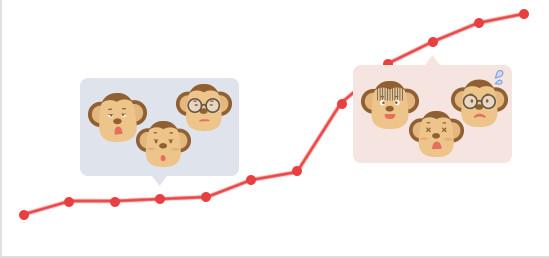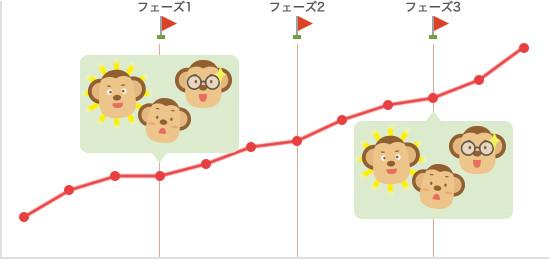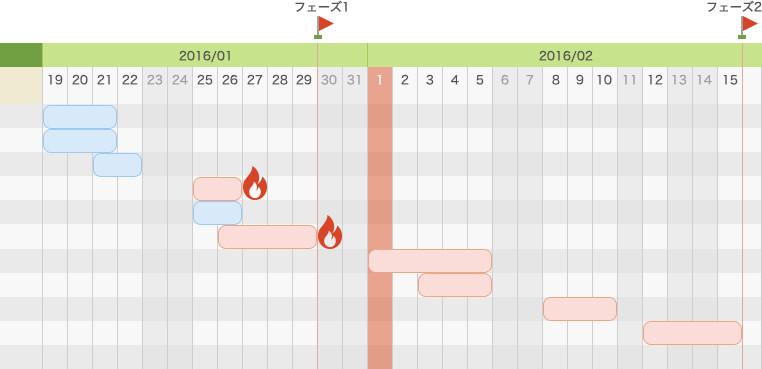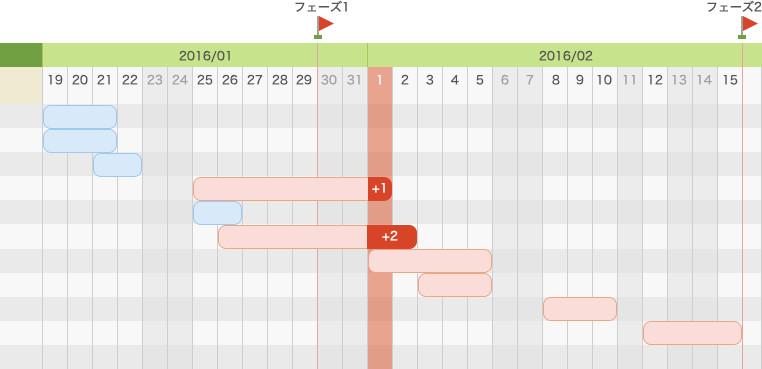Divide the moment with milestones
Check point setting
In project management, the unfamiliar term "Milestone – Milestone" is very common.
Basically, in every project, the big milestones that are set will be the ones that, if delayed at that time, will lead to the collapse of the sequel. This is used to capture the progress of the project and review the content based on established milestones.

Easy to understand project progress
By setting up Milestone, you will both check the project progress, and can review the task's deadline and content to make the project smooth.
Moreover, when explaining to external members – not understanding the project or their superiors, if we set up milestone it is easy to find problems as well as the whole project.
Stay motivated
For long-term projects, the project end date is a relatively long way, so people tend to be distracted at work. Therefore, maintaining a high motivation at work is very difficult right?
If you leave it like that, you probably won't realize the work is not progressing as planned until the end of the day, or the failure to keep up the enthusiasm as the project started.

A clear schedule
By using milestone to set fixed milestones, the important stages of the project will be divided, and that will be the project's easy-to-deploy objectives.

Avoid missing tasks
Milestone is used as large items or completed stages. When checking milestone milestones have been achieved or not, we can know whether the big task has been completed or not.
If the milestone has not been set, we can understand as "So far the tasks that are definitely completed have not yet been completed", or "The tasks have been completed but still the task has not been completed." update ".

Thus, by setting up milestone, we can detect the unfinished tasks as well as the omitted tasks easily. For ongoing projects, how many tasks are completed, how many tasks have been completed, will make it easier to capture the overall status of the current project?
If no task seems to have completed milestone milestones, we will review the task's content and make changes accordingly.

Progress management and Quality management
In addition, Milestone in addition to providing work implementation progress, it can also set that task quality goals.
By setting quality goals together, you can check the process of the product and its quality together, so that it can be managed more appropriately.
Decide on task management rules
The manager will create the tasks
The simplest, most straightforward rule is that the manager will look at the overall project and create tasks, then will divide the appropriate task for each member of the project development team.
Other members can focus on the task
This rule means to clearly divide "Task creator, task division" and "Person will handle task". The biggest advantage of this rule is that the members will focus on each person's unique role.
On the contrary, the main disadvantage is that the other members just do not have many opportunities to participate in tasks related to others, so the scope of understanding the general situation of each member will be narrowed.
Consistency is easily achieved in tasks
Because the manager after consolidating will manage the tasks, a large number of tasks will easily be more consistent, which is also a great advantage.
In addition, by creating tasks by themselves, managers will understand the project scale as well as feel the project situation most clearly.
Responsibility will focus on the manager
Because the rule here is that the manager will take over the entire task, if the manager's performance drops then the whole project will be directly affected. Therefore, it is important to reduce the manager's effort by transferring other tasks besides managing tasks to other members.
Members will create their own tasks
With this rule, it will not fix a member who creates a task, but each member will create his own task, and will also manage that task. It can be said that all members are small managers of a project.
Can cooperate quickly
This rule will allow members to create arbitrary tasks and divide tasks to the appropriate person. The biggest advantage is that you can collaborate quickly between members.
Moreover, other members will also be of great help to you in project management. If it works perfectly, your management will be both gentle and increase the cooperation in the project team.
Easy to collect small tasks
The manager is also human. A person with a head is very difficult to cover all tasks. With this rule, members will create tasks that they feel are necessary, so you can easily collect small tasks that you may miss.
Consistency is difficult to maintain
Because many people manage the task, it is easy to disagree on the size of the task as well as the division of tasks. Therefore, it is important that the members' perceptions are the same about creating the task.
Members' sense of task management becomes important
This method will give other members certain rights. Therefore, if there are members who do not cooperate in managing the task, or neglect to lead to the sloppy creation and updating of the task, even in a small number, it will affect very badly to the overall project.
For teams with a small number of members, this problem can be solved by exchanging and communicating a lot. But for teams with more than 9.10 members, the communication problem will be limited, so you should have some other rules to solve this problem.
(There's more)
Read the original article here
